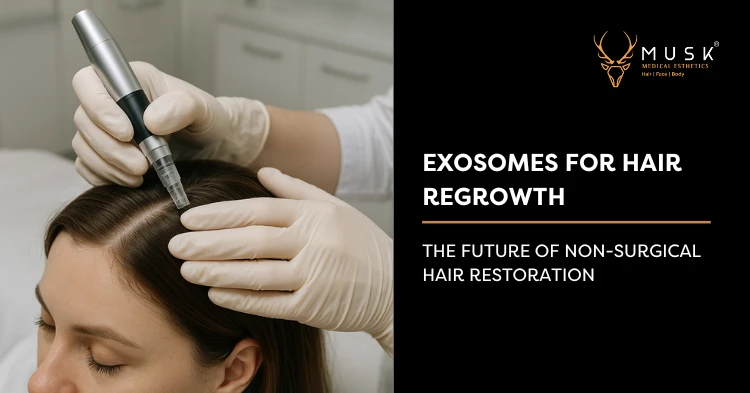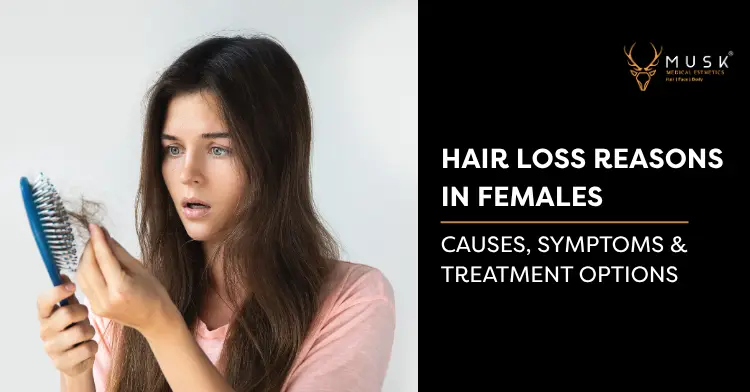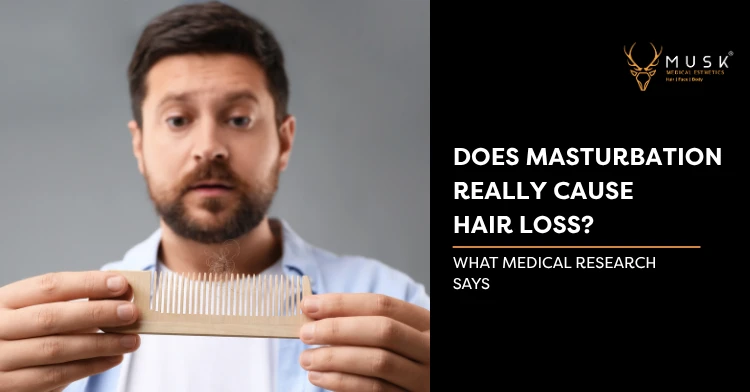Exosomes for Hair Regrowth: The Future of Non-Surgical Hair Restoration

Are you tired of watching your hairline recede or seeing more hair in your shower drain than on your head?
You're not alone.
Hair loss affects millions of people worldwide, and if you've been searching for a solution that doesn't involve going under the knife, you've probably felt frustrated by the limited options available.
Traditional hair restoration methods often leave you choosing between invasive surgical procedures, medications with potential side effects, or treatments that promise the world but deliver disappointing results.
What if we told you there's a cutting-edge therapy that's changing the game entirely?
Enter exosome therapy – a revolutionary, non-surgical treatment that's making waves in the world of hair restoration.
This innovative approach harnesses the power of tiny cellular messengers to wake up your dormant hair follicles and stimulate natural hair regrowth from within.
Unlike hair transplants that require surgery and lengthy recovery times, or PRP treatments that use your own blood, exosome therapy works at the cellular level to repair and rejuvenate your hair follicles using concentrated growth factors and healing properties derived from stem cells.
In this comprehensive guide, you'll discover everything you need to know about exosome therapy for hair regrowth.
What is Exosome Therapy for Hair Loss?
Exosome therapy for hair loss is a non-surgical treatment that uses concentrated stem cell derivatives called exosomes to stimulate hair follicle regeneration and promote natural hair regrowth.
These exosomes are injected directly into your scalp to reactivate dormant hair follicles and improve the overall health of your existing ones.
So what exactly are exosomes? They're microscopic vesicles that your cells naturally produce to communicate with other cells.
In hair restoration, we use exosomes that are specifically derived from mesenchymal stem cells because they contain the most potent regenerative properties.
The exosomes used in hair loss treatments are packed with powerful growth factors like VEGF (vascular endothelial growth factor), PDGF (platelet-derived growth factor), and IGF-1 (insulin-like growth factor).
These compounds work together to improve blood circulation to your hair follicles, reduce inflammation in your scalp, and signal your follicles to enter their active growth phase.
What makes this treatment different from other hair restoration options is its approach. Instead of masking hair loss with medications or surgically moving hair around like transplants do, exosome therapy actually works to repair and restore your hair follicles at the cellular level.
It's addressing the root cause of your hair loss rather than just managing the symptoms.
How Does Exosome Therapy Work?
Understanding how exosome therapy works can help you feel more confident about the treatment process.
The beauty of this therapy lies in its systematic approach to hair restoration, working through four distinct phases to deliver natural-looking results.
Here's exactly what happens from the moment you receive your treatment to when you see your new hair growing in.
Step 1 - Injection of Concentrated Exosomes
Your exosome therapy journey begins with a relatively simple injection process.
After your scalp is cleaned and prepared, your doctor will use very fine needles to inject concentrated exosomes directly into the areas where you're experiencing hair loss or thinning.
The injection pattern is strategic, targeting the specific zones where your hair follicles need the most support.
You might feel some mild discomfort during the injections, similar to getting a vaccine, but most patients find the process quite tolerable. The entire injection session typically takes about 30 to 45 minutes, depending on the size of the treatment area.
Once the exosomes are injected, they immediately begin integrating with your scalp tissue and start their regenerative work.
Step 2 - Stimulating Hair Follicle Stem Cells
Once the exosomes are in your scalp, they start communicating with your hair follicle stem cells through a process called paracrine signaling.
The exosomes deliver their cargo of growth factors, proteins, and genetic material directly to your hair follicle stem cells. This delivery system is incredibly efficient because exosomes can penetrate cell membranes and deliver their contents right where they're needed most.
During this phase, the exosomes also work to reduce inflammation around your hair follicles, improve blood circulation to the area, and create a healthier environment for hair growth.
This process happens gradually over several weeks as your follicles respond to the regenerative signals.
Step 3 - Boosted Hair Growth
As your hair follicle stem cells respond to the exosome treatment, you'll start to see the hair growth cycle shift into high gear.
Your follicles begin producing stronger, healthier hair shafts, and follicles that were in the resting phase start moving into the active growth phase.
This is when your body's natural hair production machinery gets a significant boost. The growth factors delivered by the exosomes help extend the anagen (growth) phase of your hair cycle, which means your hair stays in its growing phase longer than it would naturally.
At the same time, the treatment helps miniaturized hair follicles return to their normal size, producing thicker, more robust hair strands.
You might not see dramatic changes yet, but important work is happening beneath the surface. Your follicles are rebuilding their strength and preparing to produce the healthy hair you'll soon see emerging.
Step 4 - Visible Results
This is the phase you've been waiting for – when all that cellular repair work starts showing up as actual hair on your head.
The timeline for visible results follows a predictable pattern that most patients experience.
2–3 Months: Early signs of new hair growth
Around the two to three-month mark, you'll likely start noticing the first signs that your treatment is working.
You might see fine, new hair growth in areas that were previously thinning or completely bald. This new hair might initially appear as "peach fuzz" – soft, thin hairs that are just beginning to emerge.
During this early phase, you might also notice that your existing hair feels stronger and appears less likely to fall out during washing or styling.
6–9 Months: Full transformation with denser, stronger hair
The six to nine-month period is when you'll see the most dramatic results from your exosome therapy.
By this time, the new hair that started growing earlier has had time to mature and thicken. You'll likely notice significant improvements in hair density, with previously thin areas now showing much fuller coverage.
The hair that grows during this phase is typically stronger, healthier, and more resilient than what you had before treatment.
Exosome Therapy vs. PRP – What’s the Difference?
If you've been researching hair restoration treatments, you've probably come across PRP (Platelet-Rich Plasma) therapy.
Both PRP and exosome therapy are non-surgical options that use your body's natural healing mechanisms, but they work in very different ways.
Understanding these differences can help you choose the treatment that's best for your specific situation.
PRP therapy involves drawing your blood, processing it to concentrate the platelets, and then injecting this platelet-rich plasma back into your scalp. Exosome therapy, on the other hand, uses concentrated exosomes derived from stem cells that are packed with a much higher concentration of growth factors and regenerative properties.
Here's a detailed comparison to help you understand the key differences:
The biggest advantage of exosome therapy is its consistency and potency.
Since the exosomes are derived from healthy, young stem cells, you're getting a standardized dose of regenerative factors every time. With PRP, the quality of your treatment depends on factors like your age, overall health, medications you're taking, and even how well you slept the night before your blood draw.
That said, PRP therapy can still be an excellent option, especially for patients in the early stages of hair loss or those who prefer using their own biological material.
Who is the Ideal Candidate for Exosome Therapy?
Not everyone experiencing hair loss is an ideal candidate for exosome therapy, and understanding whether this treatment is right for you can save you time, money, and disappointment.
The good news is that exosome therapy works well for a wide range of hair loss conditions and patient types, but there are certain characteristics that make someone more likely to see excellent results.
The best candidates for exosome therapy are people who still have some hair follicles present in their thinning areas, even if those follicles are producing very fine or weak hair.
This is because exosome therapy works by reactivating and strengthening existing follicles rather than creating entirely new ones.
If you can see fine "peach fuzz" or very thin hair in your balding areas, that's a great sign that exosome therapy could work well for you.
You're likely an ideal candidate if you're experiencing androgenetic alopecia (male or female pattern baldness) in its early to moderate stages.
This includes men with receding hairlines, crown thinning, or diffuse thinning across the top of their head, and women with widening parts, overall thinning, or reduced hair density throughout their scalp. Exosome therapy has shown particularly impressive results for these common types of hair loss.
If you've tried other hair loss treatments without success, you might still be an excellent candidate for exosome therapy. Many patients who didn't respond well to medications like finasteride or minoxidil have seen great results with exosome therapy because it works through different mechanisms.
On the other hand, you might not be the ideal candidate if you have completely smooth, bald areas where no hair follicles remain active. In these cases, hair transplant surgery might be a more appropriate option. Similarly, if you have certain scalp conditions like active dermatitis or infections, you'll need to address these issues before considering exosome therapy.
The best way to determine if you're an ideal candidate is to consult with a qualified provider who can examine your scalp, assess your hair loss pattern, and discuss your goals and expectations.
They can help you understand whether exosome therapy aligns with what you're hoping to achieve and whether your specific type of hair loss is likely to respond well to this treatment.
Key Benefits of Exosome Therapy for Hair Regrowth
Here are the key benefits that make this innovative therapy so appealing to patients seeking natural hair regrowth.
- Faster Hair Growth: You can start seeing noticeable results within just 2-3 months, which is significantly faster than traditional treatments like medications or PRP therapy that can take 6+ months. The concentrated growth factors in exosomes immediately begin reactivating your hair follicles for accelerated regrowth.
- 100% Non-Surgical & Painless: This treatment involves only small injections using very fine needles, with no incisions, stitches, or surgical risks. Most patients describe the discomfort as minimal, similar to getting a vaccination, which makes it much more comfortable than surgical hair restoration procedures.
- No Downtime: You can return to work and normal activities immediately after your treatment session with no recovery period required. There are no activity restrictions, bandages, or special care instructions, making it perfect for busy schedules.
- Highly effective for Androgenetic Alopecia: Exosome therapy shows particularly impressive results for male and female pattern baldness, the most common type of hair loss. The growth factors help counteract DHT effects and reactivate follicles in classic balding areas like the crown and temples.
- Reduces Scalp Inflammation: The natural anti-inflammatory properties of exosomes help calm irritated scalp tissue and create a healthier environment for hair growth. This is especially beneficial if you're dealing with conditions like seborrheic dermatitis or general scalp sensitivity alongside hair loss.
- Works Well alongside PRP: You can combine exosome therapy with PRP treatments for enhanced results since they work through different mechanisms. Many doctors use both therapies together to create synergistic effects that maximize hair regrowth potential.
Exosome Therapy vs. Hair Transplant – Which One is Right for You?
The truth is, the best choice for you depends largely on the extent of your hair loss and what you're hoping to achieve.
The key factor in making this decision is the current state of your hair follicles. Exosome therapy works by reactivating and strengthening existing hair follicles, while hair transplant surgery physically moves healthy follicles from one area of your scalp to another.
This fundamental difference means each treatment excels in different scenarios.
Mild to Moderate Thinning?
If you're dealing with mild to moderate hair thinning, exosome therapy is likely your best option.
This includes situations where you notice your hair is getting thinner, your part is widening, or you can see more of your scalp than before, but you still have hair coverage throughout most of your head.
This treatment is perfect if you're in the early stages of male pattern baldness with slight temple recession or crown thinning, or if you're a woman experiencing overall hair thinning or a widening part.
The best part? You won't need to take time off work or deal with the healing process that comes with surgery.
Significant Baldness or Inactive Follicles?
If you have significant areas of complete baldness where the scalp is smooth and shiny with no visible hair or follicle activity, hair transplant surgery is likely your better option.
Exosome therapy works best when there are still some hair follicles present to reactivate, so completely bald areas may not respond well to this treatment alone.
Hair transplant surgery excels in these situations because it can actually create new hair growth in areas where no follicles remain active. The surgeon takes healthy follicles from areas of your scalp that are resistant to hair loss (usually the back and sides) and transplants them to the balding areas.
This approach is ideal if you have advanced male pattern baldness with large bald patches on your crown or temples, or if you have areas where hair loss occurred years ago and the follicles have become completely inactive.
In these cases, no amount of growth factors can reactivate follicles that are no longer viable.
However, it's worth noting that even if you choose hair transplant surgery for severely bald areas, you might still benefit from exosome therapy.
Restore Your Lost Hair with Exosome Therapy at Musk Clinic!
Hair loss doesn't have to be a permanent part of your life story.
As you've learned, exosome therapy represents a genuine breakthrough in non-surgical hair restoration that's helping thousands of people reclaim their confidence and their hair.
At Musk Clinic, we're pioneering the future of non-surgical hair restoration with cutting-edge exosome therapy treatments that deliver the natural, lasting results you've been searching for.
Our team of experienced hair restoration specialists understands that losing your hair affects more than just your appearance – it impacts your confidence, your self-image, and how you feel about yourself every day.
That's why we're committed to providing you with the most advanced, effective treatments available, including our revolutionary exosome therapy program.
When you choose Musk Clinic for your exosome therapy treatment, you're not just getting a procedure – you're getting a comprehensive hair restoration experience.
Ready to take the first step toward reclaiming your hair and your confidence?
Contact Musk Clinic today to schedule your comprehensive hair loss consultation.











